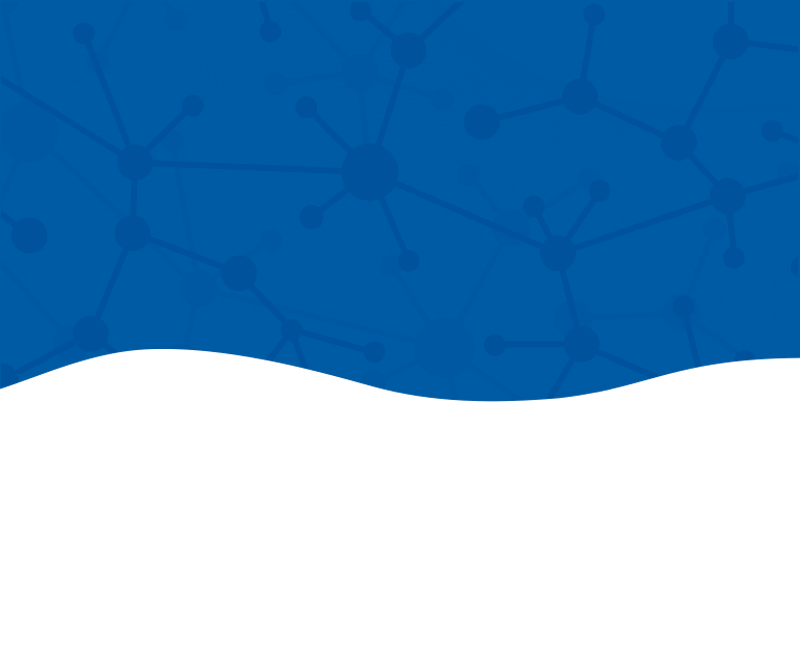An unexpected discovery shows the importance of Environmental ...


Why do you love what you do and why was it the career choice for you?
I joined APEM as an Aquatic Field Scientist in 2020 moving to a Senior Field Scientist role in 2021, based in Southampton. I have a love for the environment, being outdoors and getting my hands dirty. That and having a background in marine and freshwater environments is why I looked at environmental consultancy companies as a great place to find work. No day, week or job is ever the same!
Previous work I have been a part of has involved conducting fish rescues from reservoirs and lakes, looking for crayfish in streams in the Forest of Dean, gauging river flow in Norfolk, looking at the health of river systems by collecting invertebrate and water samples in and around London, conducting stock assessments and collecting fish for fish health checks for fisheries and carrying out intertidal and/or marine surveys.
You learn and utilise a lot of skills and put them to use in such a variety of environments. It’s a very hands-on job, so great for getting stuck in!
What does your typical day look like?
It’s hard to describe a typical day so I am going to talk about a typical job. Specifically, a fish rescue as fish rescues make up a large percentage of the work the field team undertake.
On a recent task in South Wales, a reservoir was being dewatered to facilitate engineering works on it. The reservoir also acts as a fishery for a local fishing group which had stocked the reservoir with rainbow and brown trout. Our job on site was to remove the trout and relocate them into a second reservoir which was situated on site.
For every job we do, the work starts a day or two before, where we ensure we have prepared the method statement and risk assessment and we have all of the kit together (both for the task and PPE) ready to go.
A day in the field normally starts around 8am. As we often work on construction sites, being on site at this time allows us to ‘check in’ and liaise with the client, get a health and safety briefing (first day on site) or daily briefing (any changes need to be aware of for that day).
Once complete, we access the site and unload and setup all equipment. Our methods of removing fish typically comprise of electric-fishing, seine netting and/or fyke netting. Once the boat is inflated and outboard attached, we conduct a dynamic risk assessment to ensure that nothing has changed or is unexpected that we need to make note of and then we start to catch the fish.
Carrying out a fish rescue
Typically, on the first day of the task the mission is to catch a number of fish of each species for a health check. All fish are generally measured and weighed before being put in an aerated tank for transport.
A fish health check needs to be conducted to check for any potential parasites. If all are clear, we get permission to move the fish to other water bodies as agreed by the Environment Agency (if in England) or Natural Resources Wales (for Wales). What about Scotland and Ireland?
Throughout the task in South Wales the fish were caught by seine netting, pulling a net around in a loop to shore, and then pulling it in slowly to shore, and setting double fykes overnight. These two methods are very successful in small water bodies, such as that in the dewatered reservoir.
For this rescue, it was estimated that there were around 500+ trout in the reservoir. We also caught and relocated many European eel, a protected species within the UK.
At the end of each day and project, we always wash down equipment with disinfectant to ensure that we do not spread invasive species to other water bodies, before packing equipment away. We also check in with the project manager, so they know how things are progressing and if any changes need to be made in how we go about conducting our work.
It is common practice that once a task is completed a report is written by one of the field staff who were on site detailing the work undertaken and the number and species of fish removed.
The job in Wales took a few weeks to complete, with a great mix of weather conditions. At the start it was very cold, with the reservoir having iced over. We also had rain, and bright sunshine, which changes the dynamic in which we work. This is why even on the same job no day is ever the same and makes it really interesting and great fun.
Interested in joining our field team? Head to our Careers Portal.


A fish rescue and relocation allowed the APEM team to evaluate species and lifecycles, with unexpected results that show the importance of an Environmental Plan
+ Read more

With a new regional hub in Southampton and new hires and promotions, APEM’s Field team can now better serve our clients wherever they are based
+ Read more